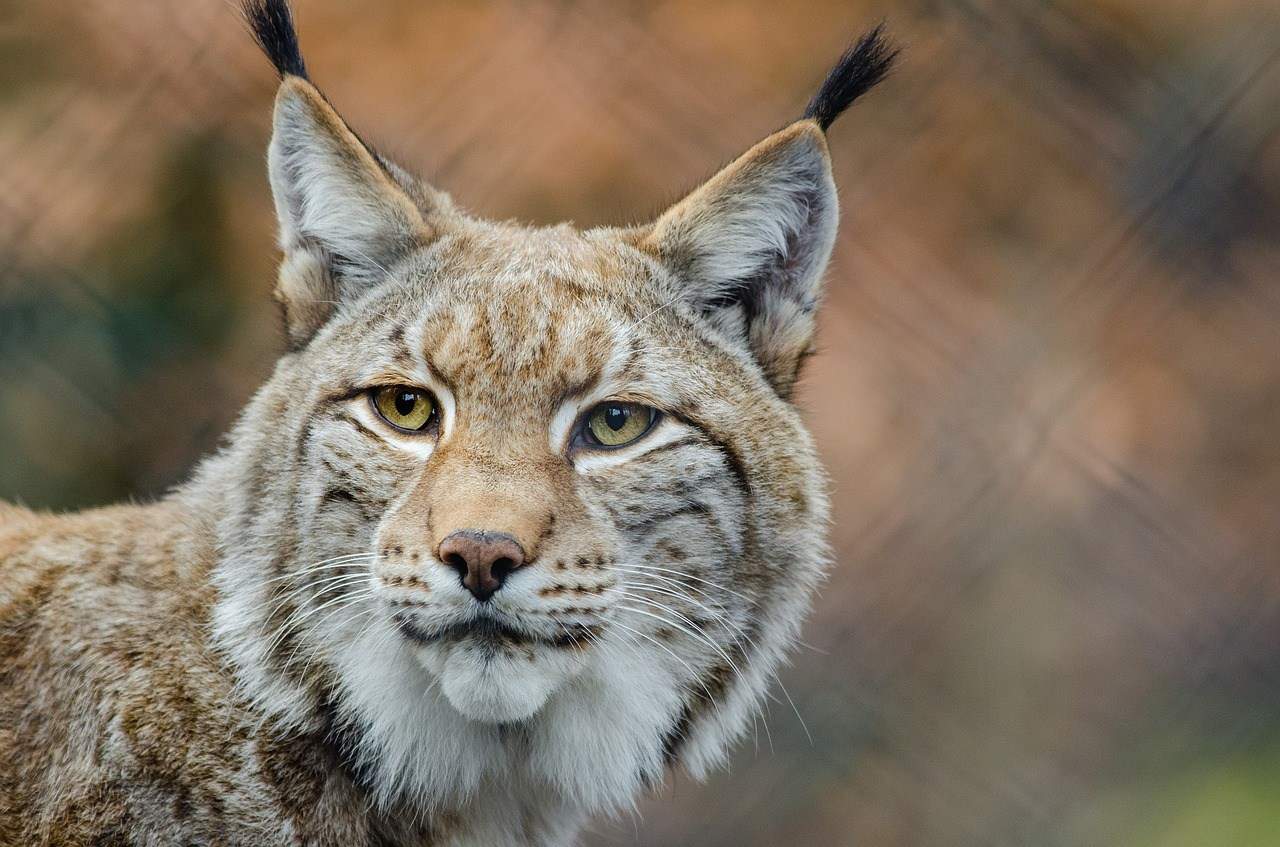An encounter with a wild animal can be frightening, especially if it is a large predator. Although most predators stay away from humans, it is always better to know which animals live in an area you plan to travel to.
Three wild cats live in Iowa: the bobcat, the lynx, and the mountain lion. Although only the bobcat has an active population in the state, the other two cats are known to pass through from time to time. This article provides an overview of the three wild cats while also going over the most dangerous animals in the state (more on that later).
To satisfy your cat-like curiosity, keep reading to learn more!

The 3 Types of Wild Cats in Iowa
1. Bobcat
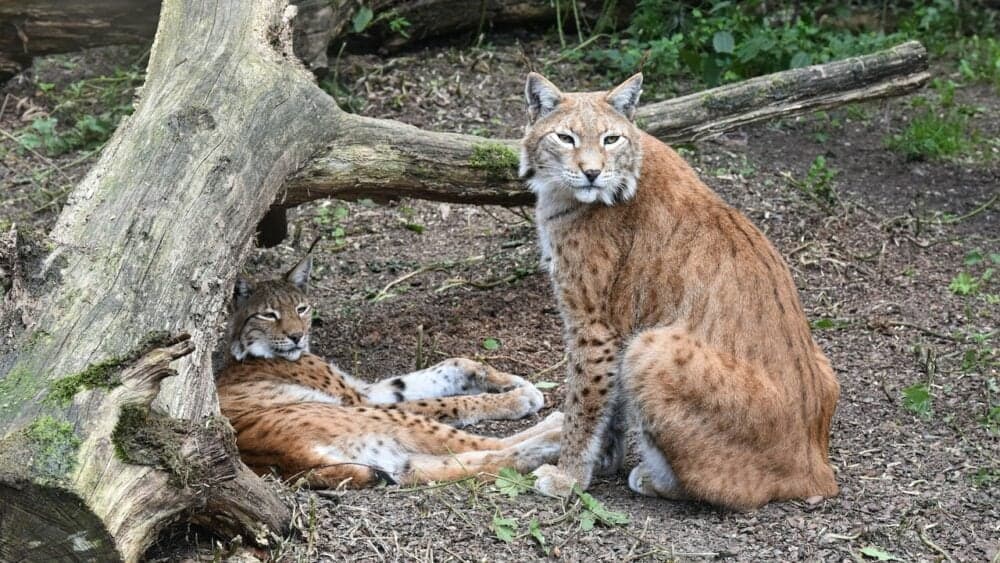
Most of the world’s bobcat population is found in the United States, and the bobcat population of Iowa is steady and robust.
The cats are brown or semi-red in color. Their fur is often marked with stripes or spots, usually black or brown, while the fur on the stomach is lighter. Bobcats have ear tufts, and their tails are stubby or “bobbed.”
The bobcat is known to be a tenacious hunter. They will stalk their prey with great dedication, often traveling up to 7 miles when hunting and patrolling their territory.
Although bobcats are dedicated hunters, they are generally not a cause for concern with humans. Bobcats prefer solitude and often avoid human settlements. Their diet mainly consists of hares, rabbits, rodents, and small deer.
The main concern with bobcats is that they can attack house pets, such as dogs, cats, and chickens, if they are unguarded. So, if you plan to take a pet to Iowa, be vigilant.
2. Lynx
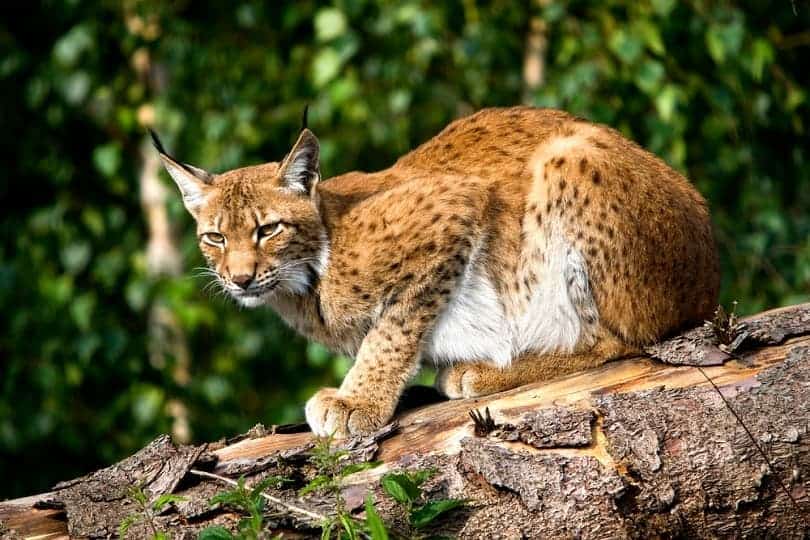
Much like the bobcat, the lynx tends to avoid humans. It is a stealthy cat that hunts at night, meaning encounters with the cat will be rare, if they happen at all.
The lynx is a skilled hunter. The tufts on its ears are more than just a cute feature; they help the lynx hear better. Their excellent sense of hearing is paired with an incredible sense of sight, as they can spot a mouse from over 200 feet away.
The lynx feeds on mice, birds, squirrels, and hares. The lynx is not considered native to the state of Iowa anymore since their numbers are so low.
3. Mountain Lion
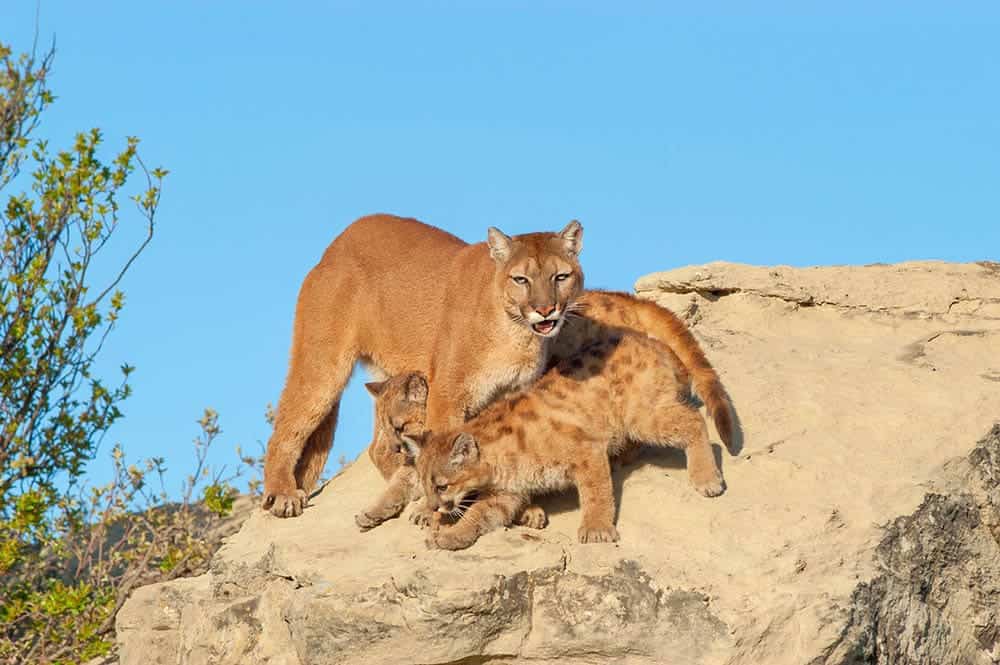
Mountain lions, much like the lynx, are no longer have an active population in Iowa. However, they are still known to roam through the area occasionally, so they are included in this list.
Mountain lions have many names, including the cougar, the puma, and the panther. The wild beasts are the largest cats on this list by far, sometimes weighing up to 220 pounds.
They are stealthy hunters that stalk their prey at night without making a sound. Though they prefer to eat deer, they will also feed on smaller animals like your pets, so be sure to keep an eye on your furry friends.
Sadly, this wild cat was relentlessly hunted during the 19th century to the point that it was nearly wiped out of many regions in the United States. However, the population are making a comeback.

What Are the Most Dangerous Animals in Iowa?
After hearing about how tenacious the bobcat is, perhaps you are inclined to believe it is Iowa’s most dangerous animal. The truth is, none of the animals on this list are the most dangerous animals in Iowa. Wild cats prefer solitude and are not inclined to wander into human settlements. Encounters with the cats are rare or may never happen at all.
Instead, there are other animals to be wary of. Although some of these animals may be just as elusive as the wild cats of Iowa, that does not diminish how dangerous they can be.
There are four venomous snakes in Iowa. Though these snakes rarely attack humans, one bite from them could prove extremely painful or even fatal.
Although this may come as a shock, not even venomous snakes are the most dangerous animal in Iowa. The most dangerous creature in Iowa is much, much smaller.
Ticks and mosquitos are the most dangerous species in Iowa. Mosquitos are the deadliest insect in the world, causing 750,000 deaths per year. So, while wild cats and snakes may seem scary, they are far less harmful than common pests.
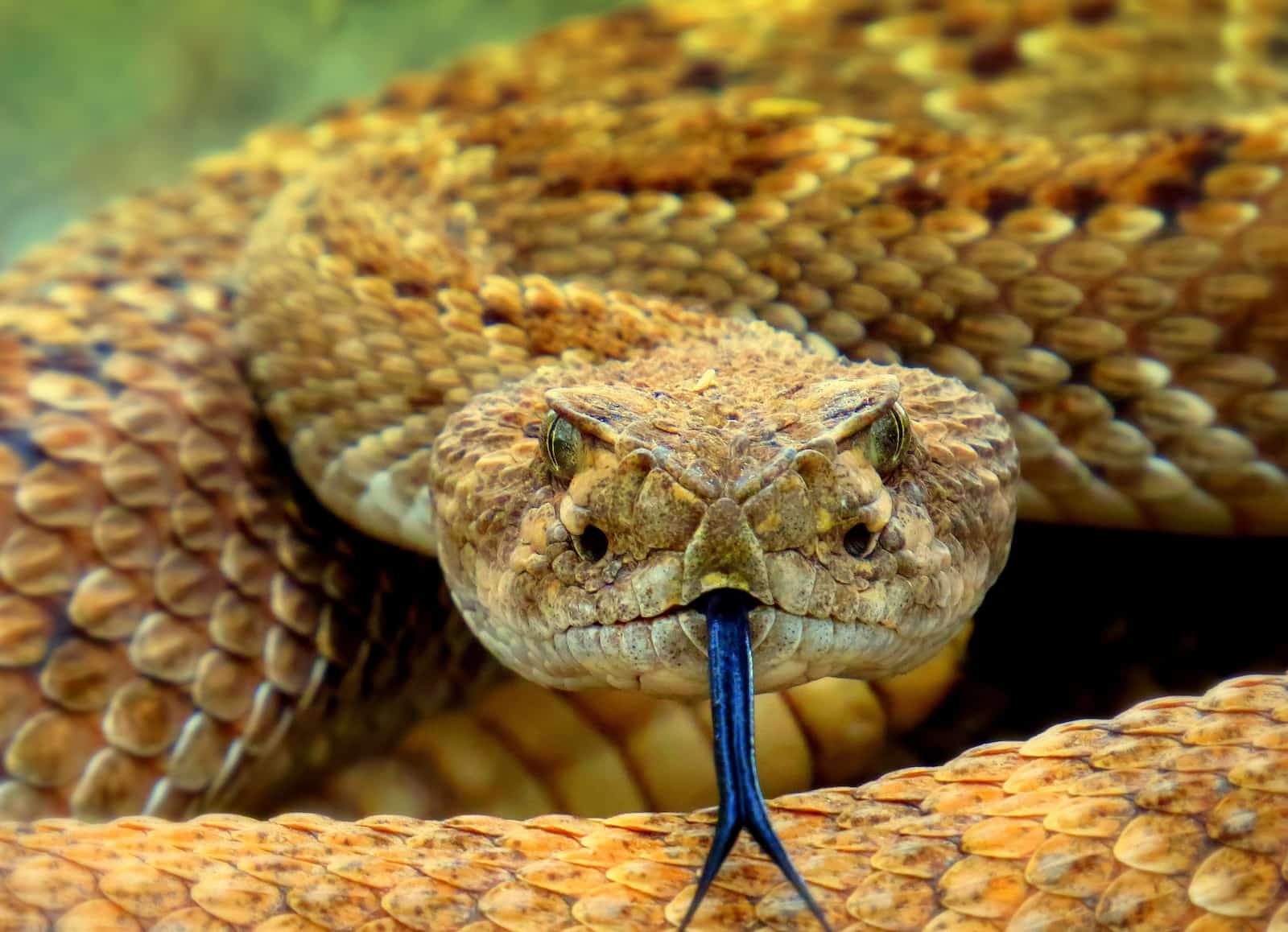

Conclusion
Although wild cats may seem scary at first glance, they are beautiful creatures with no interest in harming humans. If you live in Iowa or plan to take a trip there, be aware that the cats s may be around you, but also know that they really pose very little threat to you. If you ever encounter a wild cat, back away slowly and find shelter. From the safety of the indoors, take time to appreciate the beauty of the animal you are witnessing!
- You might also like: Ragdoll Kittens for Sale in Iowa: Breeders List
Featured Image Credit: skeeze, Pixabay
